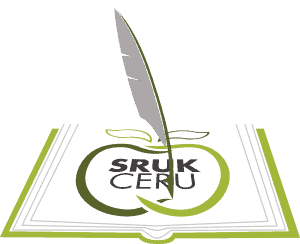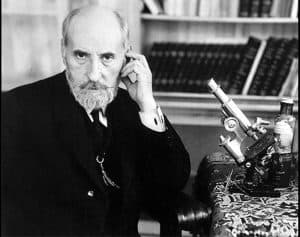Santiago Ramón y Cajal was born on the 1st of May of 1852 in a very small village called Petilla de Aragón, in Navarra, Spain. His father was a medical doctor, and his mother was in charge of the house and the family.
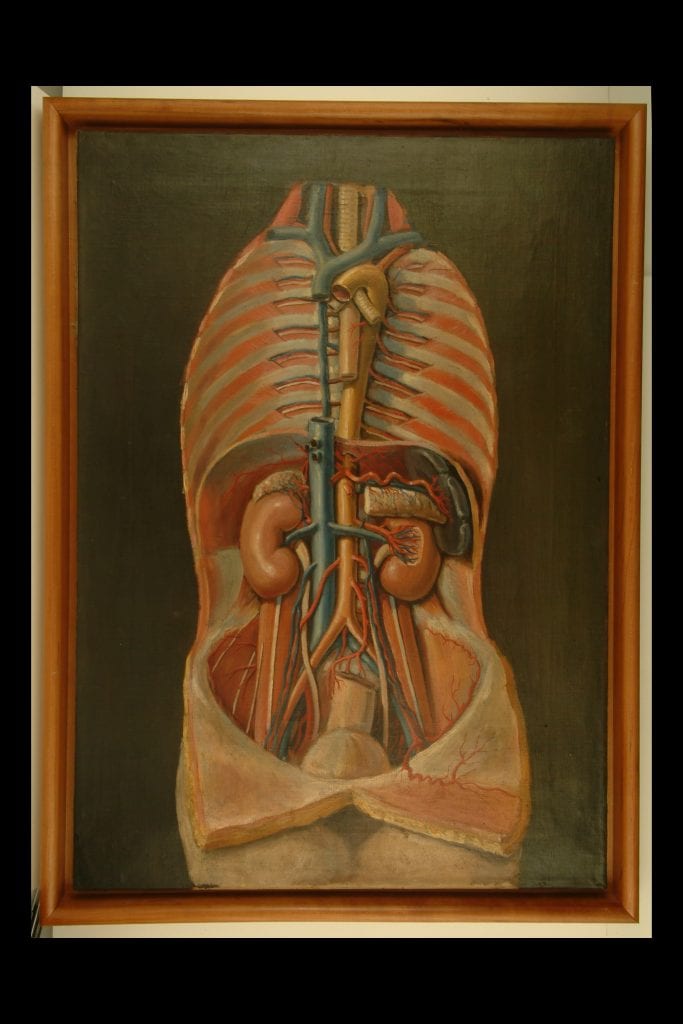
He was a mischievous kid and loved to draw since a very young age, but his parents did not allow him to draw as they believed it was distracting him from school. His dad had a great influence in his education, taught him how to read and write, and always pursued the best opportunity and schools for him. Out of curiosity, Cajal’s father moved to Madrid to finish his studies of medicine and surgery and it was Cajal himself who read the letters he sent to his mum and sibilings and write back to his dad.
Cajal, like his father, decided to study medicine in Zaragoza, and worked with him in the anatomy department. For Cajal, the best way of studying anatomy was to draw all different organs and systems. It was finally by this time when his father observed those drawings when he finally accepted his artistic talent. In the exhibition you can find some of Cajal’s oil paintings from different human body systems, such as the one shown on the right on this website.
In 1874, Cajal joined the Spanish Army as a medical officer and was stationed in Cuba during the Ten Years’ War. There, he faced challenging conditions, contracting malaria and tuberculosis, which prompted his return to Spain in 1875.
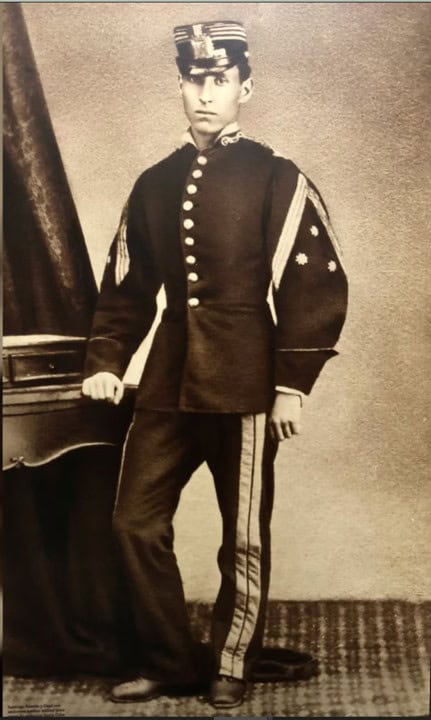
Despite these hardships, his time in Cuba was vital; he saved to purchase his first microscope, a tool that would be instrumental in his future research. The microscope he acquired was an original C. Verick model from Paris, dating back to 1870. This instrument came with its original box, two lenses in their case, and an eyepiece. This specific model is preserved, providing insight into the tools that facilitated Cajal’s pioneering work.
With this microscope, Cajal meticulously examined neural tissues, producing detailed drawings that challenged prevailing theories of his time. His observations led to the formulation of the neuronal theory, fundamentally altering our understanding of the nervous system’s structure and function.
Upon his return, Cajal started a doctorate in medicine in Madrid, presenting his thesis “Pathogeny of Inflammation” in 1877. His academic career progressed rapidly; by 1879, he secured a position as a professor of descriptive anatomy at the University of Valencia, Spain. That same year, he married Silveria Fañanás García, and together they had seven children.
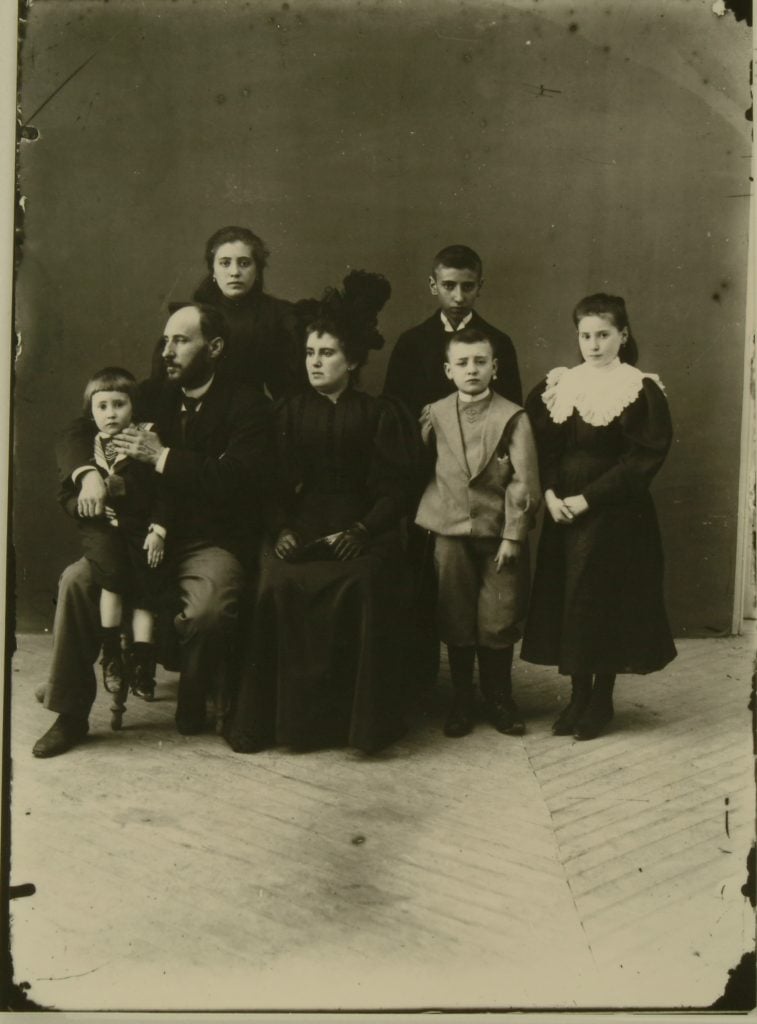
Beyond his scientific efforts, Cajal held a deep passion for art and photography. His artistic talents were not just hobbies but integral to his scientific work. He used his skills in drawing to illustrate his neurological findings, providing detailed images of neuronal structures that advanced the understanding of the nervous system. His interest in photography complemented his scientific illustrations, allowing him to document his observations with precision and details.
Santiago Ramon y Cajal’s unique blend of scientific inquiry and artistic talent not only advanced neuroscience but also left a lasting legacy in the visualization of scientific concepts. His life exemplifies the harmonious integration of art and science, inspiring future generations to approach scientific challenges with creativity and rigor.
More resources:
- Relationship with his dad – Link to publication
- Cajal and his love for nature – Link to publication
- Article about his experience in Cuba (in spanish)

